It costs as much as a new Ferrari to take the paint off of the Koenigsegg Jesko!
The Koenigsegg Jesko (pronounced ‘yes-co’) is a Swedish hypercar limited to just 125 units, priced at around £2.3 million to start with an extraordinarily expensive optional extra.
It’s the supercar everyone’s talking about. Named after the Koenigsegg CEO’s father, the Jesko made headlines quickly last year thanks to the bold claim that the Absolut model will be able to achieve speeds in excess of 300 mph. Now, it’s the talk of the town once again but not thanks to it’s gorgeous styling or ingenious underpinnings, but rather the absolut-ly ludicrous Naked Carbon option.
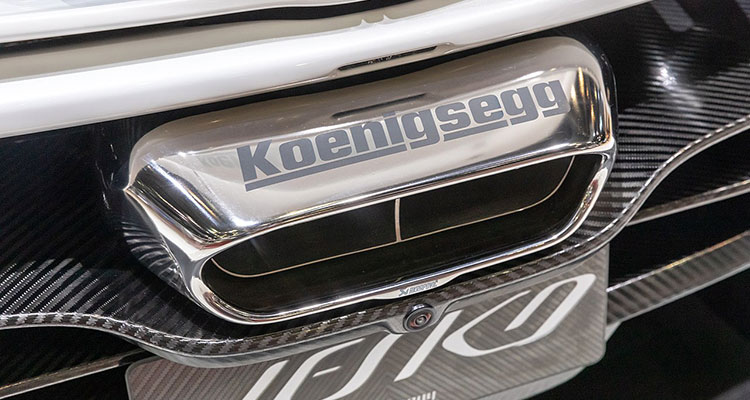
Manny Koshbin, our favourite down-to-earth multi centimillionaire, was sharing with his YouTube subscribers the process of spec-ing a new Koenigsegg Jesko as he is one of the lucky 125 to make it through to the buying process.
It was at this point that many of us discovered Koenigsegg’s Naked Carbon option. Of course, the Naked Carbon option has previously been available for the Regera and now that it’s available as an extra on the Jesko, we have learnt just how much money it costs.
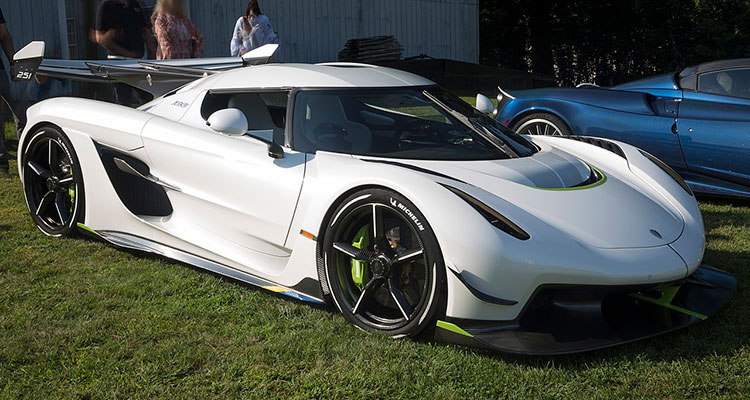
To put things into perspective, the Jesko can be optioned with one of the five pearl paint colours for $25,000, whereas you’ll have to pay $63,300 if you want the more vibrant Apple Red or Mandarin Orange candy paint colours. Now, given that the Jesko is made of carbon fibre as standard, it does make one wonder why the option without paint on it costs $443,400 (or €375,500, with it being a Swedish company).
So, why does no paint cost 17 times more than the option with paint? Why does the Naked Carbon option cost as much as a new Lamborghini Aventador SV? Well, the answer is it’s very hard to achieve.
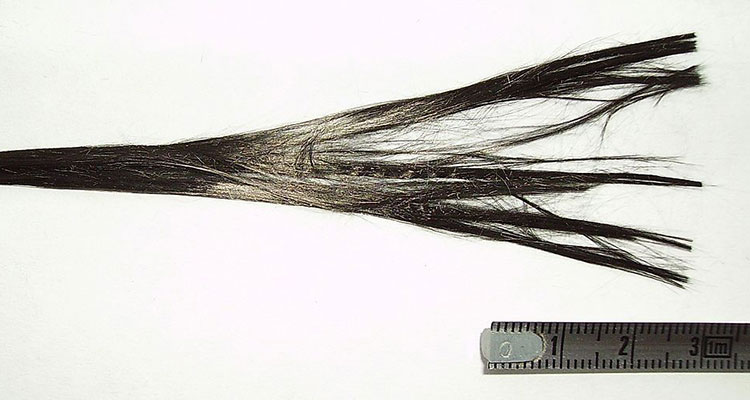
If the carbon has no paint on it and is totally exposed, all possible small minute defects will be visible and defects on Christian Von Koenigsegg’s hypercar that’s named after his dad is obviously not acceptable.
Carbon fibre is a lot harder to perfect than ordinary steel, aluminium or plastic body panels because carbon fibre is a weave, not a solid material like metal or plastic. You can’t simply sand down carbon fibre with heavy hands without disturbing the weave, leaving strands of the fibre out of line and rough-looking. Because of this, entire panels will be thrown in the bin if ruined and the sanding process is done by hand, very slowly and with the precision of a surgeon.
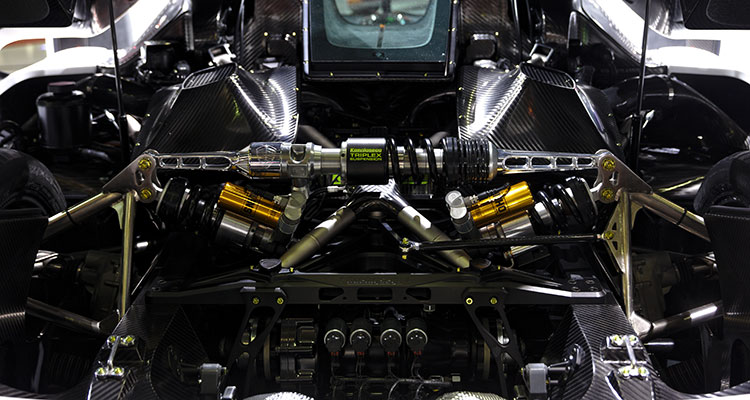
Furthermore, this Koenigsegg Naked Carbon (or KNC as it’s known) does not have a protective lacquer layer which means the KNC needs to be made stronger than the normal epoxy. In then end, customers get a truly unique look, a weight saving of around 20kg and a huge number on your next bank statement.
You certainly wouldn’t want to get into a fender bender with this option!
Let us know what you think of this incredibly decadent option in the comments!
If you enjoyed this, you may also like: Best Super-Saloons For Under £15k
For more articles like this, receive our weekly e-newsletter, including partner deals and all things motoring, register your email below.
Please note: You cannot subscribe to Smart-Motoring unless you put a tick in the checkbox below to indicate have read and agreed to our privacy policy.



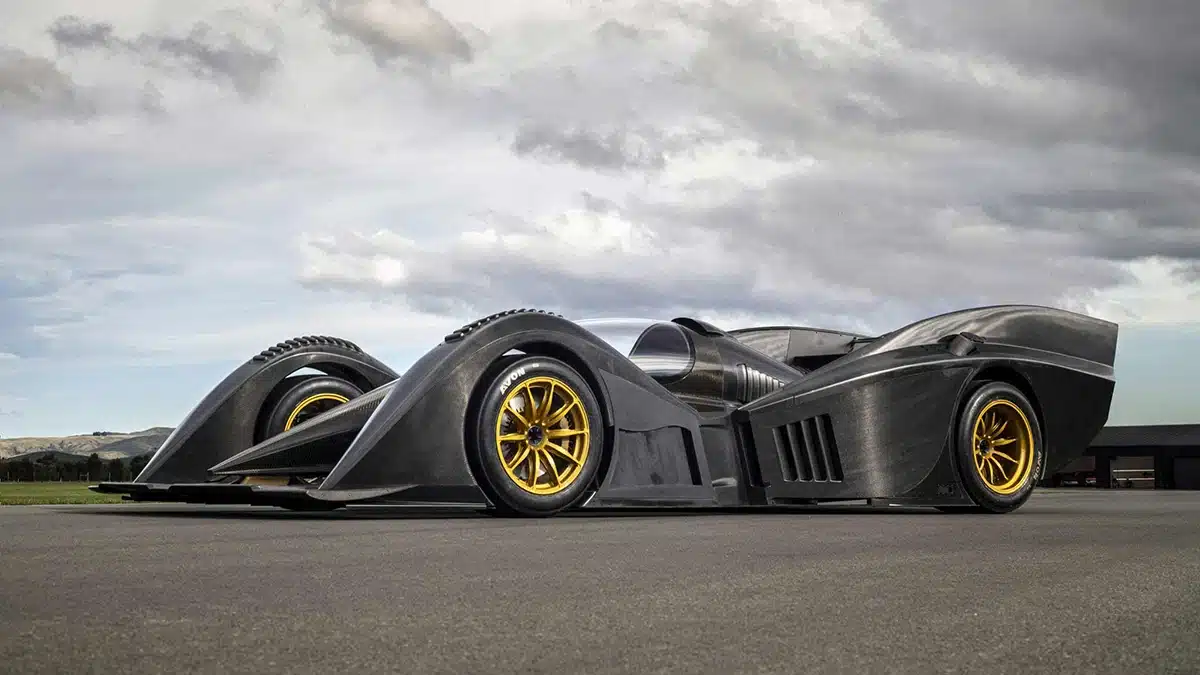
Leave a Reply
You must be logged in to post a comment.